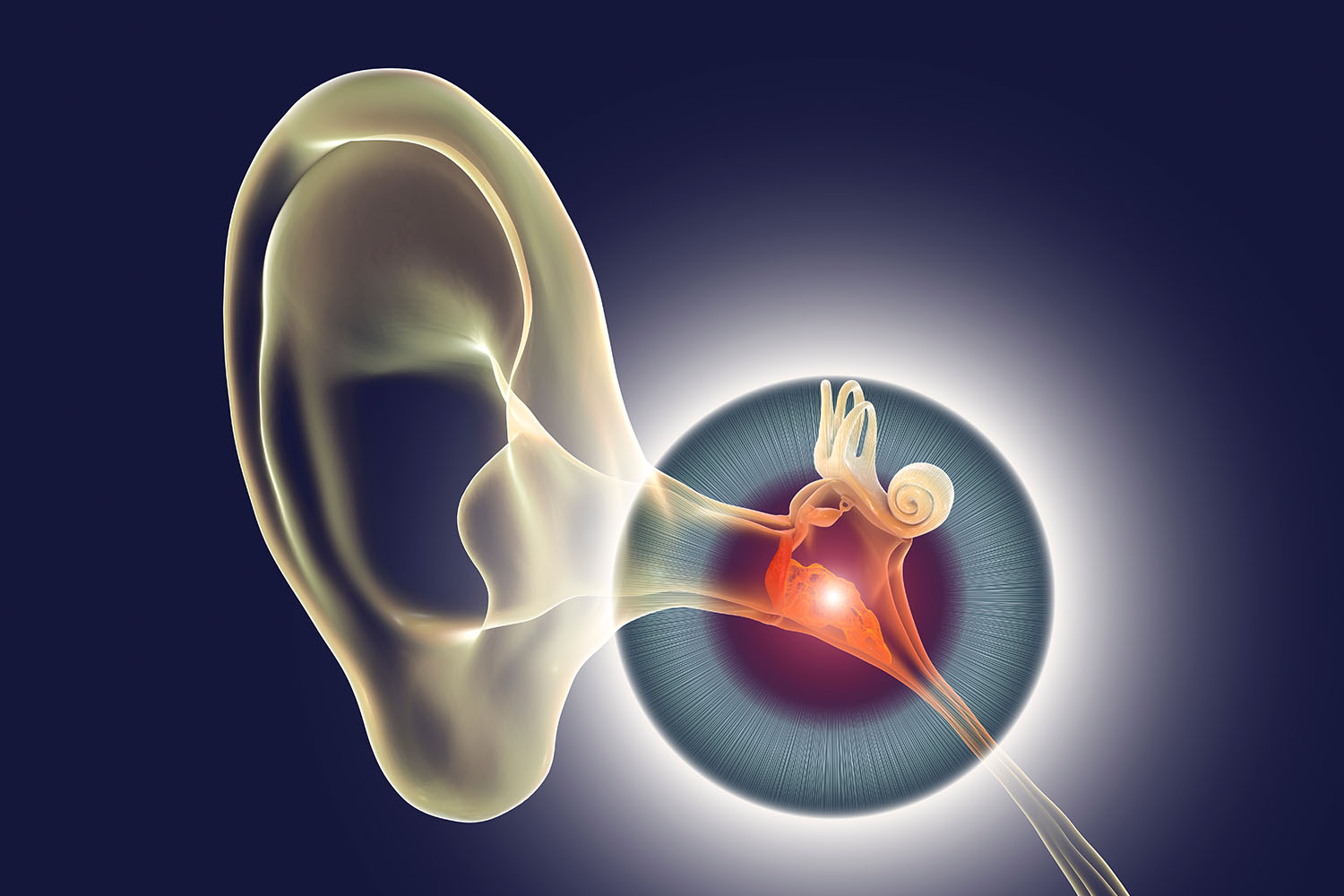Overview
Otitis media with effusion (OME) is a prevalent condition affecting millions of individuals worldwide, particularly children. Characterized by the accumulation of fluid in the middle ear space without signs of acute infection, OME poses significant challenges in diagnosis and management. International research has contributed valuable insights into the complexities of OME, shedding light on its etiology, clinical presentation, and optimal treatment strategies.

Studies have identified various factors contributing to the development of OME, including anatomical abnormalities, eustachian tube dysfunction, viral respiratory infections, and environmental factors such as exposure to tobacco smoke or allergens. Understanding these underlying mechanisms is crucial in effectively managing OME and preventing its recurrence.
The clinical presentation of OME can vary widely, ranging from mild hearing impairment to more severe symptoms such as persistent ear pain, pressure sensation, and balance disturbances. Children with OME may experience delays in speech and language development, academic performance, and social interaction, highlighting the importance of early detection and intervention.
International research has highlighted the limitations of traditional diagnostic methods for OME, such as otoscopy and tympanometry, which may not always accurately reflect the presence or severity of middle ear fluid. Advanced imaging techniques, including pneumatic otoscopy, tympanocentesis, and ultrasound, offer more precise assessments of middle ear pathology, aiding in the diagnosis and monitoring of OME.
Treatment options for OME vary depending on the severity of symptoms and underlying causes. While watchful waiting may be appropriate for mild cases, interventions such as tympanostomy tube placement, adenoidectomy, or intranasal corticosteroids may be recommended for persistent or recurrent OME. International guidelines emphasize the importance of individualized treatment plans tailored to each patient’s unique circumstances, considering factors such as age, comorbidities, and parental preferences.
In recent years, there has been growing interest in non-surgical approaches to managing OME, including autoinflation devices, nasal balloon catheters, and nasal saline irrigation. These conservative measures aim to improve eustachian tube function and promote the clearance of middle ear fluid, offering potential alternatives or adjuncts to surgical intervention.
Despite advances in research and treatment modalities, challenges remain in effectively managing OME, particularly in resource-limited settings where access to healthcare services may be limited. International collaborations and initiatives aimed at improving awareness, diagnosis, and treatment of OME are essential for addressing disparities in care and optimizing outcomes for affected individuals globally.
Otitis media with effusion represents a significant public health concern with implications for both individual health and societal well-being. Through continued research efforts and international collaboration, we can enhance our understanding of OME and develop more effective strategies for its prevention and management, ultimately improving the quality of life for those affected by this condition.


